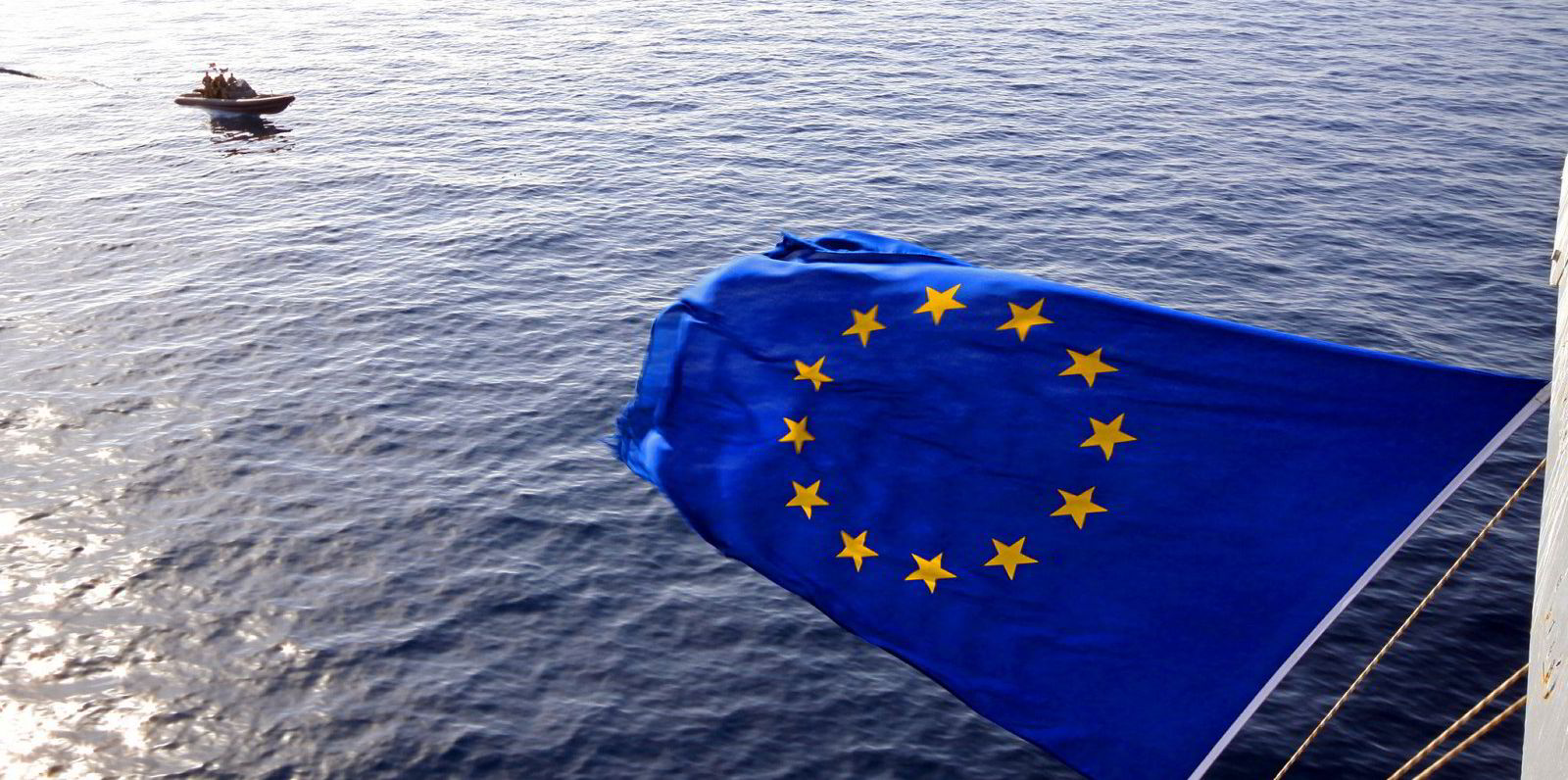European Council environment ministers have agreed to include shipping in the European Union’s Emissions Trading System (ETS).
The agreement broadly echoed the European Commission’s proposals for the geographical scope of the ETS and gross tonnage of vessels to be included.
It means the council has approved covering all emissions on trips within the EU, and 50% on voyages between an EU and a non-EU port for all ships above a 5,000-gt threshold.
The scheme would be phased in gradually, with emissions trading ramped up between 2023 and 2025 towards full implementation from 2026.
Ministers also adopted several exemptions, most notably for trips to small islands and countries’ outermost regions.
The council’s agreement sets the stage for a possible strengthening of the level of ambition in the rules during negotiations with the European Parliament in the autumn.
The parliament has agreed on a more ambitious plan for shipping in the ETS.
It sought a wider geographical scope, covering all intra-EU trips and 50% of international voyages until 2027, and a 100% international scope thereafter.
The parliament also asked to do away with a phase-in period and for the rules to cover all ships above 400 gt from 2024.
Greenhouse gas coverage would also be extended under the parliamentary plans to include carbon, methane and nitrous oxide, with consideration of black carbon by 2024.
The parliament, council and commission will begin joint negotiations on a final version of the rules in trialogue debates in September.
The ETS is part of the FitFor55 package of climate measures by which the EU aims to reduce emissions by at least 55% by 2030, and set the bloc on track for climate neutrality by 2050.
Last week, the European Community Shipowners’ Associations said the parliamentary plans were largely in line with its own proposals on reforming the system.





